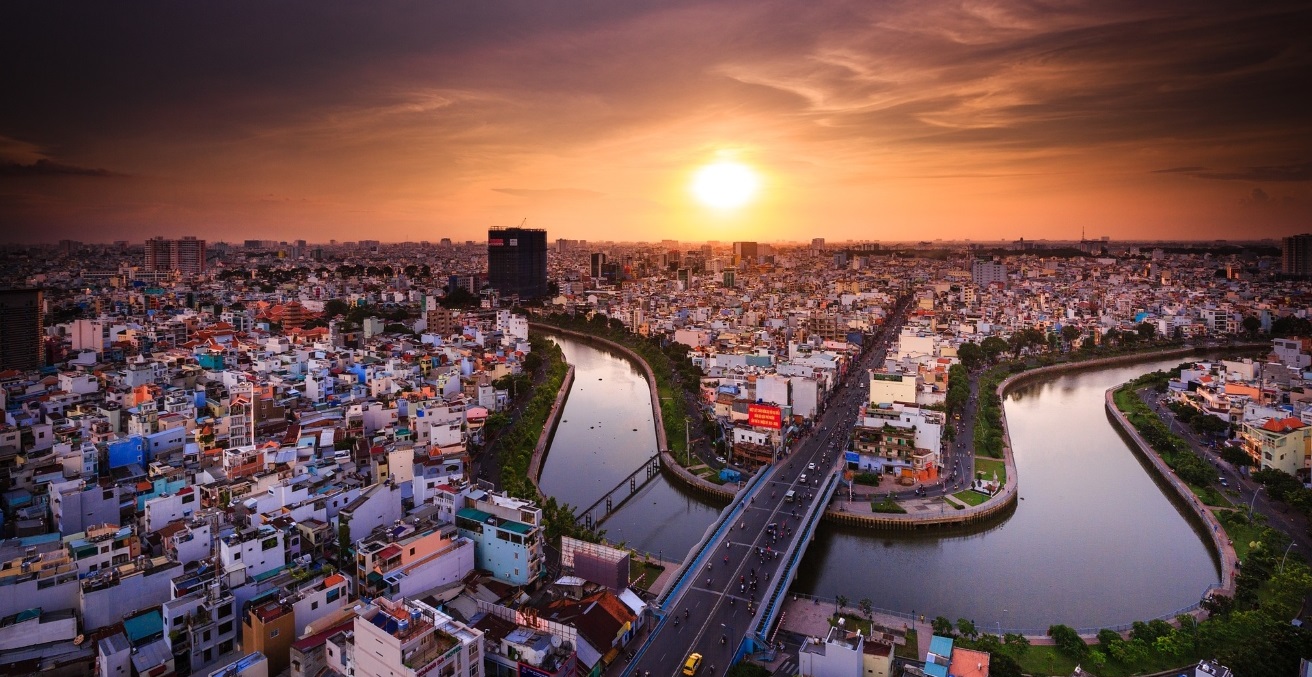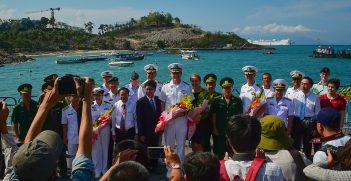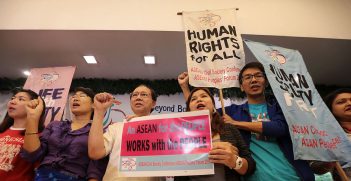Vietnam Takes the Lead on Indo-Pacific Economic Integration

This was the year that Vietnam was poised to make progress on its rise as a regional leader. Under the auspices of Vietnam’s ASEAN chairmanship, a breakthrough in global trade has been achieved despite rising protectionism and a global pandemic.
This is an article published earlier this year and selected by our committee of commissioning editors as one of the best of 2020.
Assuming the chair of ASEAN in January, Vietnam’s diplomacy has proven adaptable amid the constraints of COVID-19. The successful completion of the Regional Comprehensive Economic Partnership (RCEP) trade agreement under Vietnam’s watch this year will cement its claim to middle power leadership in the Indo-Pacific region.
The 2020 ASEAN Summit would have been easy to write off, but we have learned to expect a lot from a Vietnam-chaired year. Consider what Vietnam’s leadership has delivered in the past. When Vietnam chaired ASEAN in 2010, it inaugurated the ASEAN Defence Ministers’ Meeting (ADMM) Plus, a defence dialogue of all ten ASEAN members and its eight dialogue partners, which includes the US and China.
When Vietnam convened the East Asia Summit (EAS) that same year, the US and Russia attended as Vietnam’s guests, paving the way for their official membership in the summit the following year. The ADMM Plus and the EAS are now key institutions in the political architecture of the Indo-Pacific.
And in the crisis year of 2020, Vietnam’s skilful diplomacy once again comes to the rescue. When Vietnam delivers RCEP during this November’s adjusted Summit process, it will be the most significant development in the global trade system since the establishment of the WTO in 1994.
Eight years in the making and spanning over thirty rounds of negotiations, RCEP promises to buttress the post-COVID-19 economic recovery of its fifteen members. Covering 29 percent of global GDP, its provisions spur the further development of regional value chains and greatly lower regulatory barriers to investment.
Vietnam’s leadership of RCEP marks its transformation to become one of the region’s fastest-growing and most internationally-engaged economies. Thirty years ago, Vietnam emerged from a period of war during which it had fought every permanent member of the UN Security Council except the then-Soviet Union. Vietnam had isolated itself from its Southeast Asian neighbours when it invaded Cambodia in 1978, and it suffered a bloody clash with China at its northern border in 1979.
On the economic front, matters were equally dim. Post-war reconstruction did nothing to boost Vietnam’s inflation-stricken economy. Five-year economic plans failed to stimulate growth and production in its agriculture-based economy. Trade and aid sanctions were placed against it by the US, Australia, and many of its other neighbours. With this context, no one could have foreseen the transformation that would later take place.
RCEP perhaps represents the apex of Vietnam’s efforts to integrate into the global economy starting in the mid-1990s. Coming on the back of its domestically-focussed Doi Moi (renovation) economic reforms that began in 1986, Vietnam joined ASEAN in 1995 and acceded to the World Trade Organization in 2007. It eschewed protectionism and began pursuing a number of free trade agreements starting in 2005.
Today, it has signed a number of deals with advanced economies. Vietnam has emerged not only as a participant in multilateral trade efforts, but as a leading proponent of regional trade integration. It is a member of the Comprehensive and Progressive Agreement for Trans-Pacific Partnership (CPTPP) with Australia, New Zealand, and Japan. The CPTPP’s predecessor, the Trans-Pacific Partnership (TPP), earned fame with US President Donald Trump’s decision to pull the US from the deal after long being promoted as a cornerstone of former President Barack Obama’s “rebalance” to the Asia-Pacific region.
A few months after the US left the agreement, the remaining TPP members met on the sidelines of the 2017 APEC trade ministers’ meeting, hosted by Vietnam. There the ministers reaffirmed the value of the TPP and discussed how to finalise it with the eleven of the original signatories. Here Vietnam made the decision to stay in the agreement, despite losing market access to its most important trade partner – the US. Vietnam’s participation in the CPTPP makes Vietnam’s stance clear: it is committed to trade liberalisation even though the spirit of the time is decidedly protectionist.
RCEP continues Vietnam’s efforts, and Vietnam once again delivers an important new institution while it presides in its moment as ASEAN chair. RCEP is timely as well. It will put Vietnam and its Indo-Pacific partners in a good place to solve the economic problems pressuring the region, not the least the fallout from the COVID-19 pandemic, which has hit Southeast Asia particularly hard.
Here again, Vietnam looks like it will come out on top. With its domestic outbreak under control, Vietnam’s standing in the forecasts for economic growth are promising. Even under the most pessimistic modelling, Vietnam’s economy should maintain positive growth in 2020.
By the time Vietnam next takes the reins as ASEAN chair, presumably in 2030, its economy will be well on its way to becoming one of the world’s largest. RCEP will get a lot of credit for that progress. Along with catalysing post-COVID-19 economic growth in the broader Indo-Pacific region, RCEP will further enhance Vietnam’s ability to attract the investment it needs to propel its economy in this promising direction. The challenge for Vietnam’s leadership will be matching its regional ambitions with continued domestic economic reforms.
Kyle Springer is the Senior Analyst at the Perth USAsia Centre.
This article is published under a Creative Commons Licence and may be republished with attribution.




